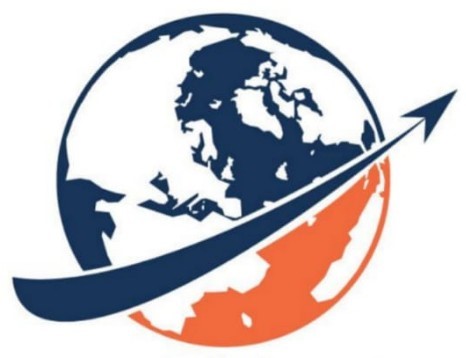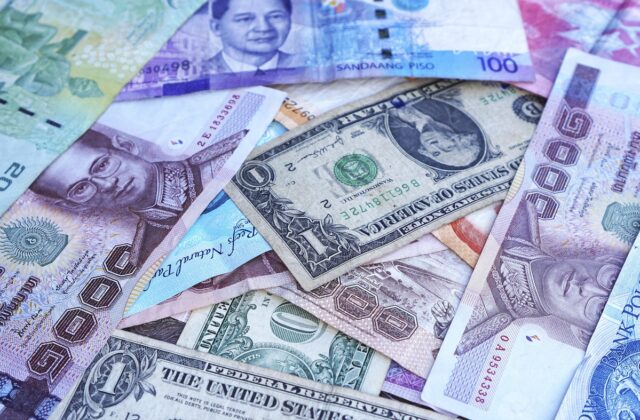IMF demands from Pakistan 2022: An increase in the income tax rates for the upper middle income to rich groups was indicated by Pakistan’s tax chief on Tuesday. A list was presented for IMF demands from Pakistan 2022 for additional measures that included a surge in personal income tax rates. Federal Board of Revenue Chairman Asim Ahmad said during a casual talk with the media that many objections had been raised by the IMF to reducing the income tax rates for salaried persons. They are trying to favor people”, who are currently earning Rs200,000 a month from an additional burden. Ahmad spoke to the media on the topic of IMF demands from Pakistan 2022 after attending a meeting of the Senate Standing Committee on Finance at the Parliament House, that the government was in a difficult situation as the number of people, who earned more than Rs200,000 a month, was not very high.
Shocking update about Ishaq Dar, click to read
“According to the available data by FBR chairman, the number of people, falling in higher income brackets of Rs200,000 a month does not provide a sufficient base to meet the IMF demands from Pakistan 2022 for additional revenue generation from the salaried class”. The government reduced the tax burden on the salaried class by providing relief of Rs47 billion in the budget 2022-23. It was done by increasing the annual income tax exemption limit to Rs1.2 million and reducing the individual tax rates. However, the IMF demanded an increase in the tax burden to generate an additional over Rs120 billion.
If we talk about the past year, the 1.2 million salaried individuals paid a sum of Rs150 billion in income tax on an average of Rs135,000 per person. About 730,000 people, who submit their annual income tax returns fell in the annual income bracket of Rs1.2 million, which had been exempted. About 1 million income tax filers earn up to Rs 2 million a year. This leaves the government in a very tight spot to collect additional taxes. If we move forward according to the budget, the government suggested a 12.5% income tax rate for people earning more than Rs2.4 million but up to Rs3.6 million. From Rs3.6 million to Rs6 million, the new suggested tax rate would be 17.5% and for the Rs6 million to Rs12 million slab the income tax rate was proposed at 22.5%, and for those earning a yearly income above Rs12 million the suggested rate is 32.5%. The references said that the government was working on a proposal in the background to revise the tax rates for people earning Rs3.6 million and above yearly.
The Finance Ministry requested a list of additional measures under the IMF demands from Pakistan 2022, this was one of the times when Pakistan needed to convince the IMF of the viability of the suggested budget and revival of the program. A senior government official said that the IMF’s main concerns regarding the personal income tax rates were the continuance of fuel and electricity subsidies and the reliability of the budget numbers.
Abdul Rehman Warraich, former director-general of debt at the Ministry of Finance, addressed on Tuesday that in order to maintain the sustainability of debt, four factors were essential: real GDP growth rate, the real cost of borrowing, real exchange rate, and the primary balance. Warriach highlighted at a webinar, organized by the KASB Securities he said, that the right mix of these variables was required for sustainable debt levels. The cost of borrowing should be lower than the real GDP growth rate and avoid the currency to experience any large fluctuations. “Due to high debt levels, the country should run a primary surplus to ensure debt falls to sustainable levels”.
Pakistan’s cost of borrowing was from 4% to 5% of GDP and is set to cross 5% after a sharp rise in the interest rates in 2022-23. Warriach stressed that this increase was noticeable and cannot be ignored, given that the acceptable fiscal deficit for any economy stood at 3% of GDP. Warraich recommended that all signals indicated a stricter fiscal discipline by the federal government because Pakistan’s interest servicing already exceeds 5% of GDP, and a few years of primary surpluses, in tandem with high economic growth rates, would greatly improve Pakistan’s financial status.





[…] IMF demands from Pakistan, click to read […]